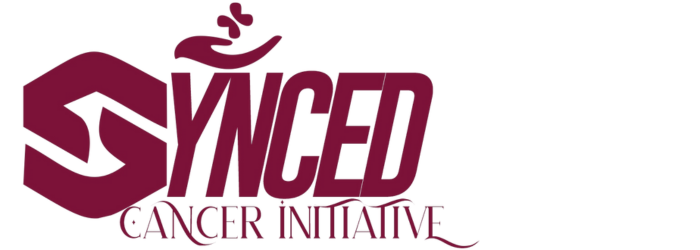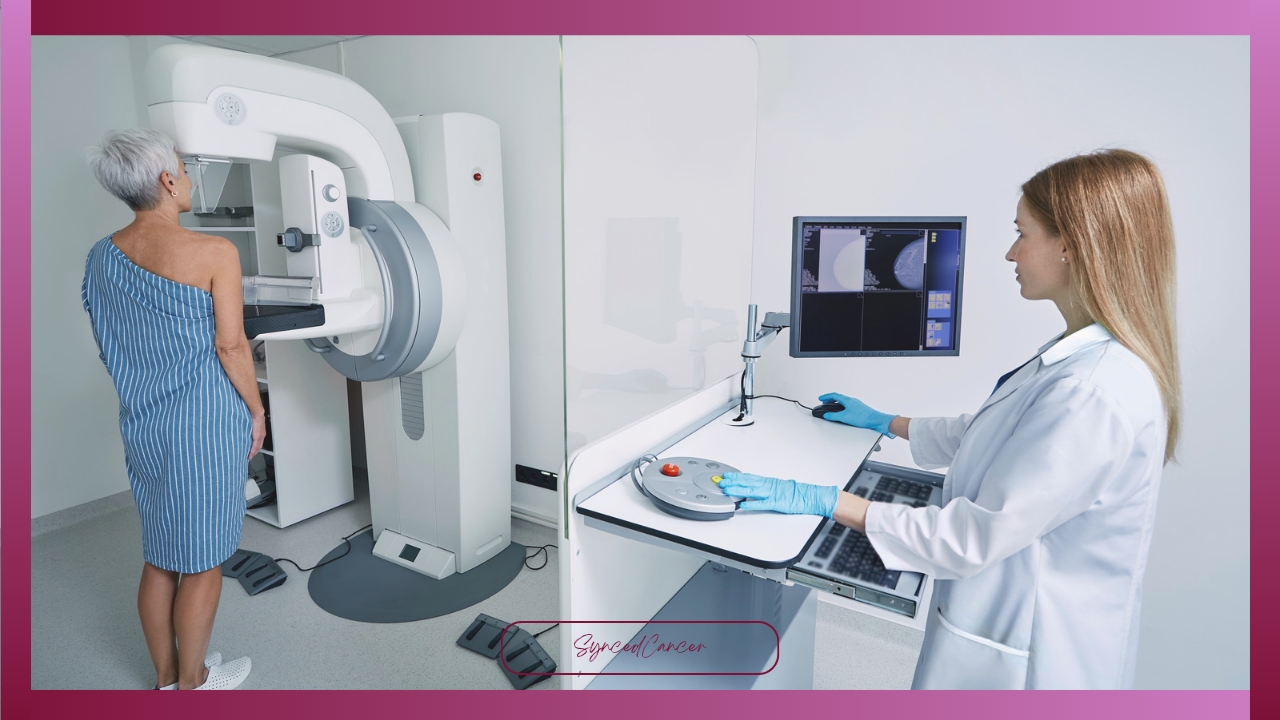The FDA has recently implemented a regulation that requires all women over 40 to receive information about their breast density along with their standard mammogram results. The FDA’s new rule ensures that the messages are now standardized.
Breast density refers to the amount of milk glands and connective tissue in the breast compared to fatty tissue. Having dense breasts makes it harder to detect cancer through a mammogram, and dense tissue is also considered a risk factor for developing breast cancer.
Mammogram studies show that about half of women over 40 are classified as having dense breasts.
Under the new rule, women with dense breasts will be encouraged to speak with their doctors about additional imaging tests, such as MRIs or ultrasounds, which may help detect cancers that might not show up on a mammogram.
However, some health experts are concerned that these notifications oversimplify a complex issue. Without clear, evidence-based guidance, many women might feel scared, confused, or frustrated.
Judith Garber, a senior policy analyst at the Lown Institute, points out that there’s no national standard for following up on dense breast reports, which could lead to inconsistent advice depending on a woman’s doctor.
Dr. Mark Pearlman, an emeritus professor at the University of Michigan Medical School, agrees. He explains that while some doctors may recommend additional tests, others might advise women to stick with regular mammograms.
Pearlman emphasises that a one-size-fits-all approach won’t work for all women with dense breasts.
A significant concern is that insurance companies do not always cover the costs of additional screening tests.
Robert Smith, an epidemiologist and senior vice president of cancer screening at the American Cancer Society, notes that while it’s important for women to know if they have dense breast tissue, it’s equally crucial to consider the affordability and accessibility of follow-up tests. Many women may not be able to afford the extra imaging, which could create disparities in who can take full advantage of the new rule.
Breast tissue is typically classified into four categories:
Extremely dense,
Mostly dense,
Mostly fatty, and
Almost entirely fatty.
The denser the breast tissue, the more difficult it is to spot cancer on a mammogram.
Dense tissue can mask cancerous growths, allowing tumors to grow undetected until they become larger and more advanced. As Smith explains, “these cancers can be growing and getting larger and more advanced until they finally peek out of the corner of that density and you can see them” on a mammogram. By then, the diagnosis may not be an early one.
Smith also highlights that if a woman’s breasts are entirely dense, conventional mammogram technologies might not be effective enough, and supplemental imaging becomes necessary.
This underscores the importance of follow-up tests, but not all women may be able to access them, especially if their insurance doesn’t cover the cost or if they live in areas without the latest imaging technology.
Dr. Hilary Marston, the FDA’s chief medical officer, says the goal of the new notifications is to empower women with important information about their breast health. The FDA aims to provide this information in simple language so that women can make informed decisions.
Yet, the debate continues among health experts about the necessity of additional screening for women with dense breasts.
Organisations like the American College of Radiology and the National Comprehensive Cancer Network advocate for supplemental screening, while other influential groups, such as the American College of Obstetricians and Gynecologists and the U.S. Preventive Services Task Force, argue that there isn’t enough evidence to recommend extra tests for all women with dense breasts.
Although additional imaging tests, like MRIs or ultrasounds, can detect more cancers, there’s no proof that they actually save lives. Dr. Nancy Keating, a professor at Harvard Medical School, says we still don’t know whether extra tests lead to better outcomes or if the risks outweigh the benefits.
There are potential downsides to additional screenings, including the risk of false alarms, which occur when benign tissue is misidentified as suspicious. This can lead to invasive procedures like biopsies, which can be painful and cause complications such as bleeding.
Additionally, false positives may require stressful and unnecessary follow-up tests, which can expose women to more radiation or dyes that can cause side effects and allergic reactions. These complications may be particularly concerning for women already feeling anxious about their breast health.
Moreover, the system used to classify breast density can be inconsistent. Research shows that a woman’s breast density classification can change from one mammogram to the next, adding another layer of confusion.
Crissy Matos, a woman from Pennsylvania, experienced this firsthand. At 40, her mammogram didn’t show dense breasts, but two years later, she received a dense breast notification. This led to follow-up tests using newer technology, which eventually showed there was nothing to worry about.
Cost and access to advanced imaging technologies also pose significant barriers. Women in rural or underserved communities often don’t have easy access to these services. Additionally, the high cost of extra imaging tests makes them out of reach for many women, particularly those without comprehensive insurance.
Garber from the Lown Institute also argues that the FDA’s messaging could be misleading. While women with dense breasts are more likely to develop breast cancer, they’re not more likely to die from it. The FDA’s language may push women toward extra tests that aren’t universally recommended, leaving many unsure of what steps to take next.
Given the uncertainties surrounding additional screenings for dense breasts, Dr. Pearlman suggests that the most accurate advice doctors can give right now is to acknowledge that there’s no clear answer yet. He stresses the need for open conversations between women and their doctors about the risks and benefits of additional screening.
For some women like Matos, follow-up tests provide peace of mind. But as the medical community continues to debate the best approach for women with dense breasts, it’s essential to ensure that they are well-informed without feeling overwhelmed by the uncertainties surrounding their breast health.
Reference
NBC News – https://www.nbcnews.com/health/cancer/doctors-see-downside-notifying-women-dense-breasts-rcna17434
Accessed 16th October,2024










What do you think?
It is nice to know your opinion. Leave a comment.